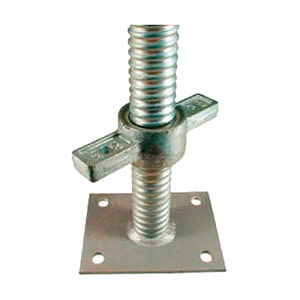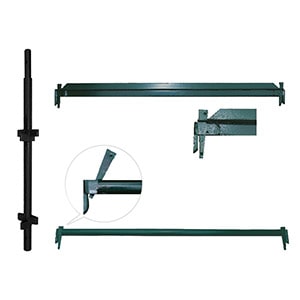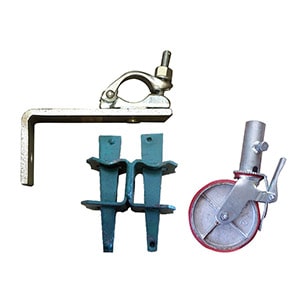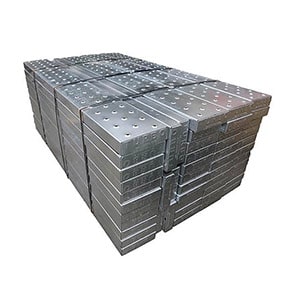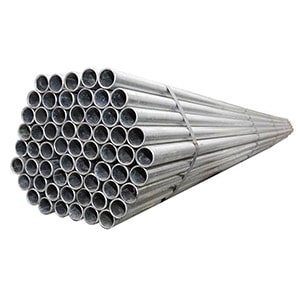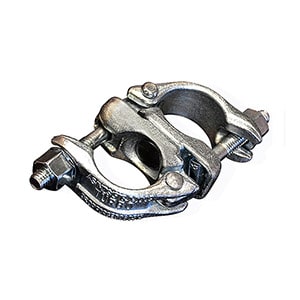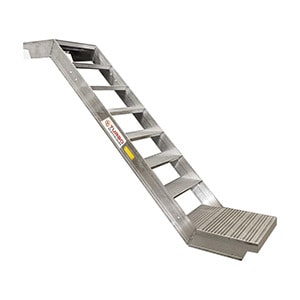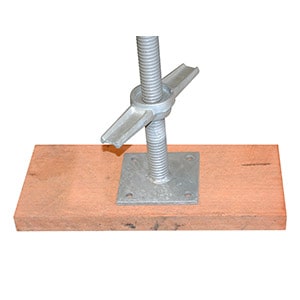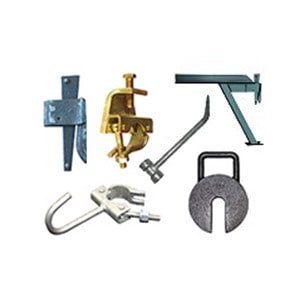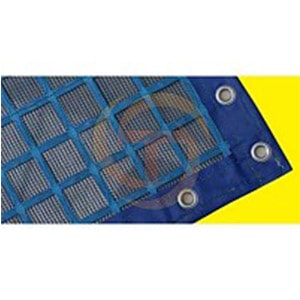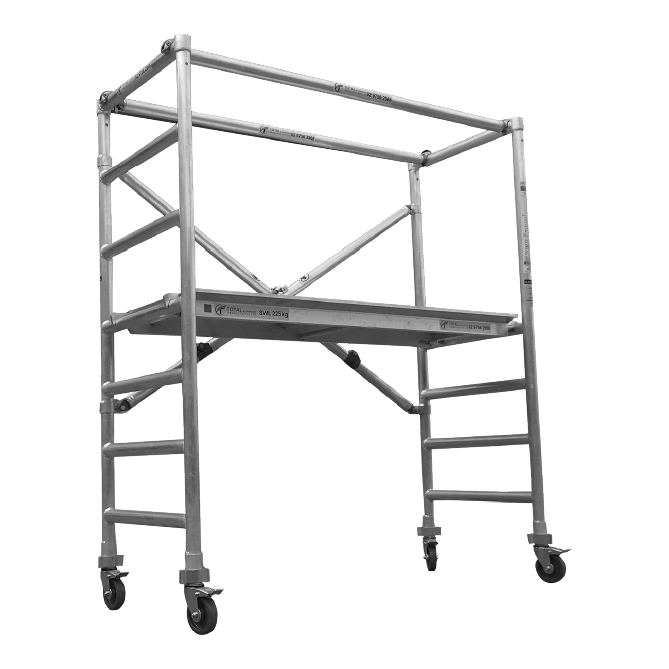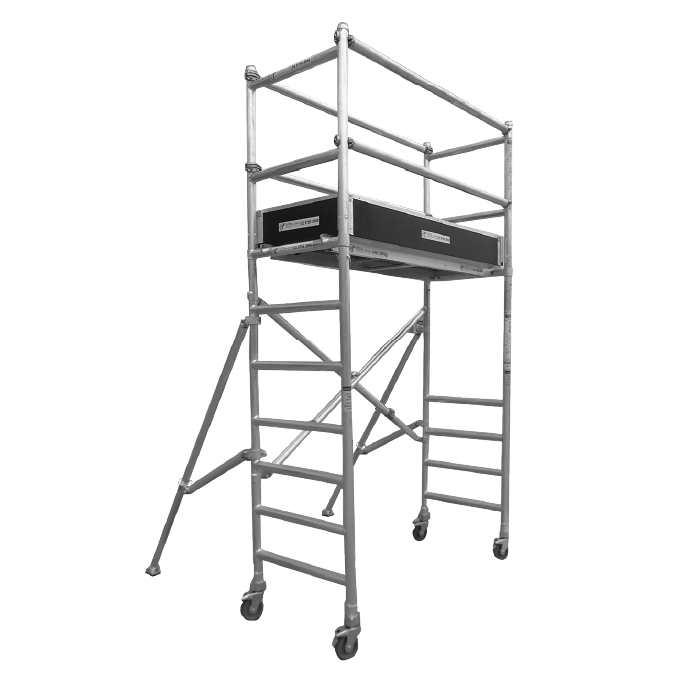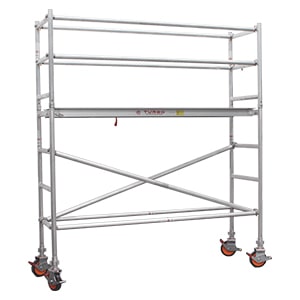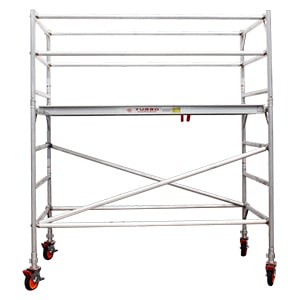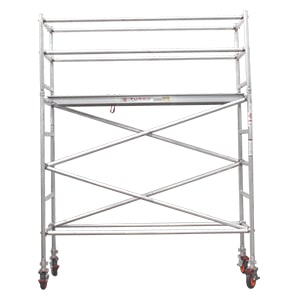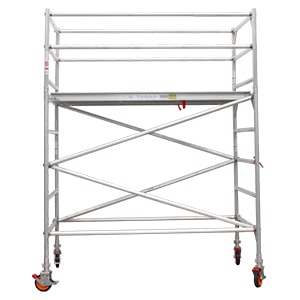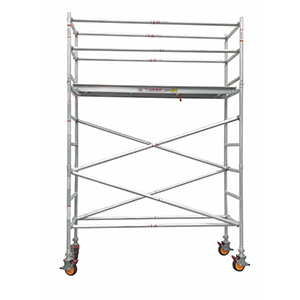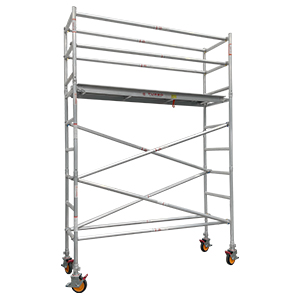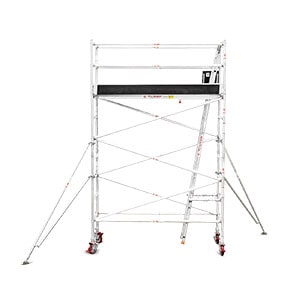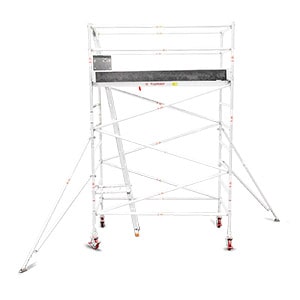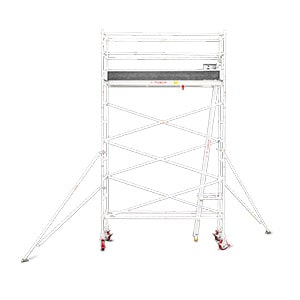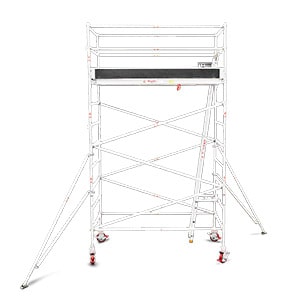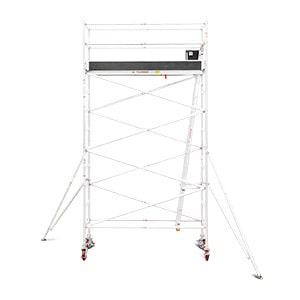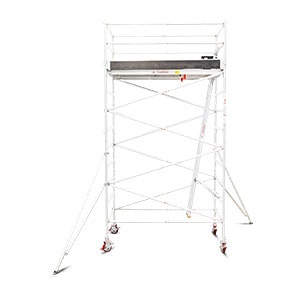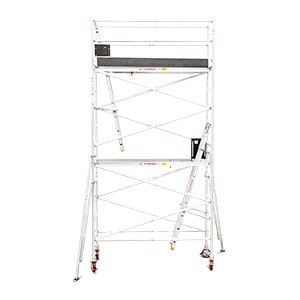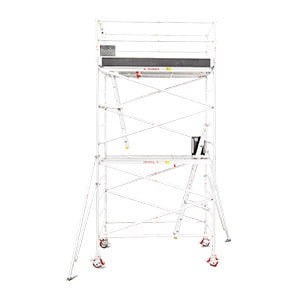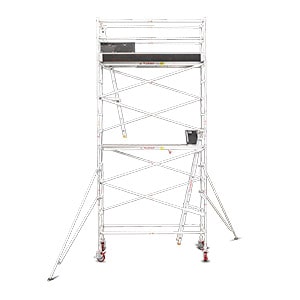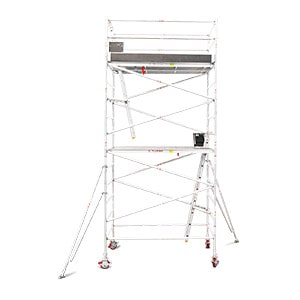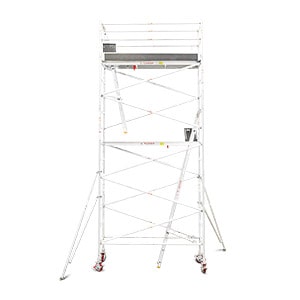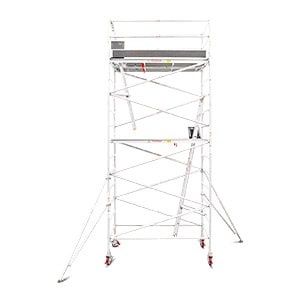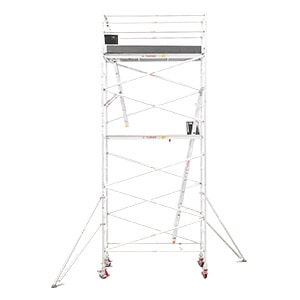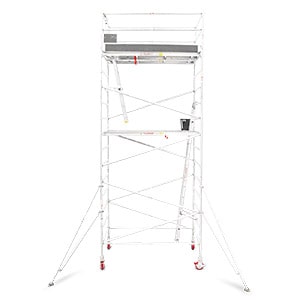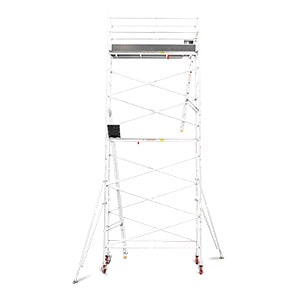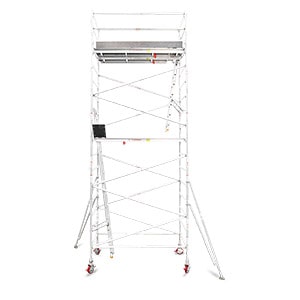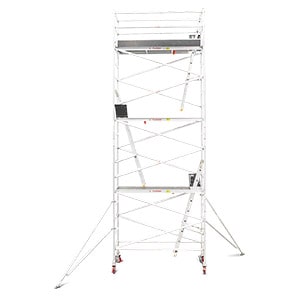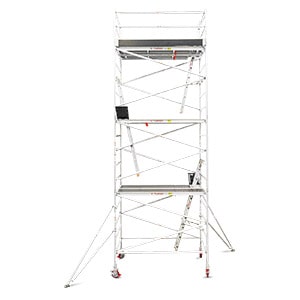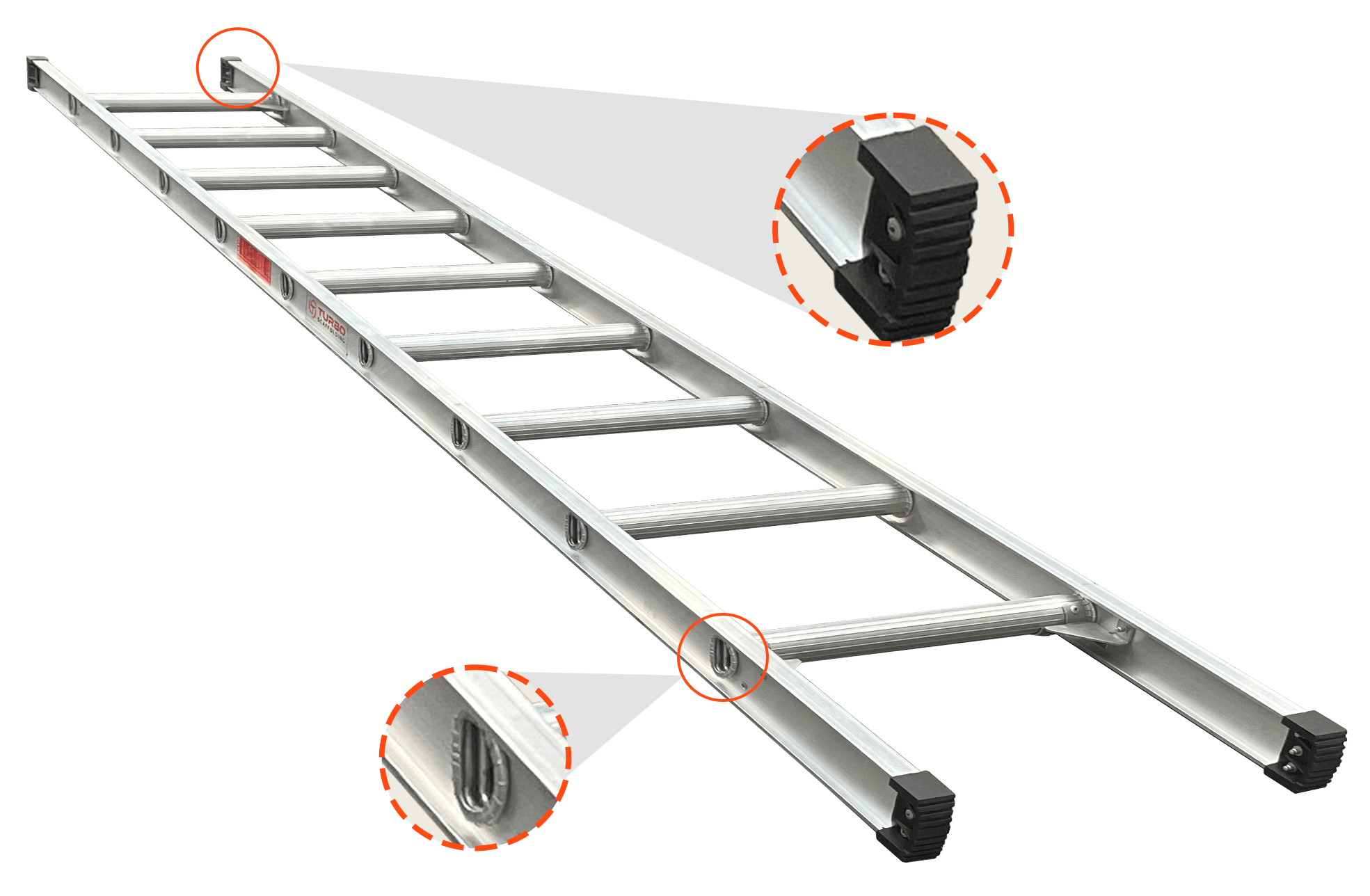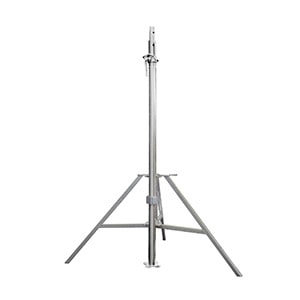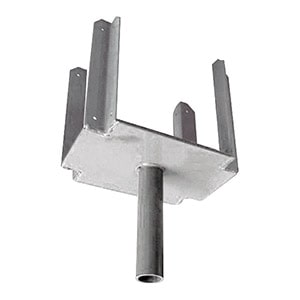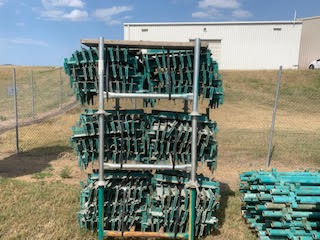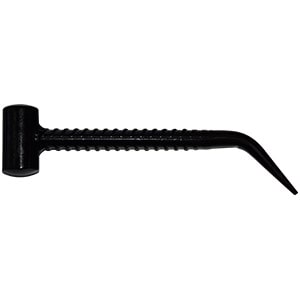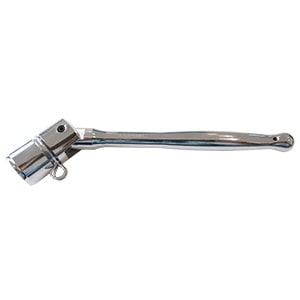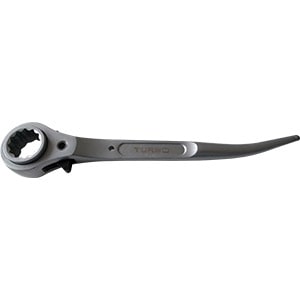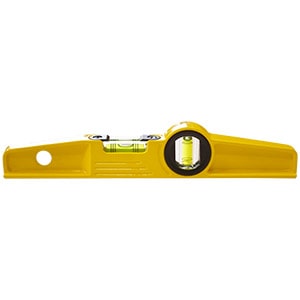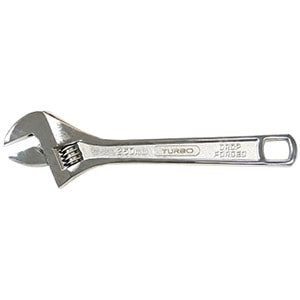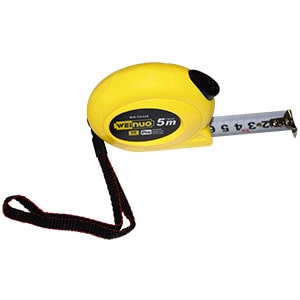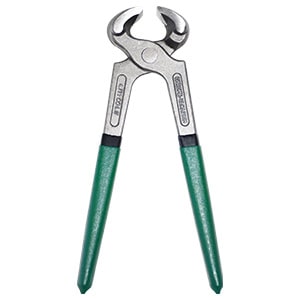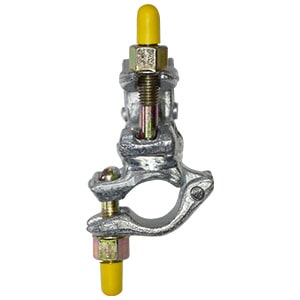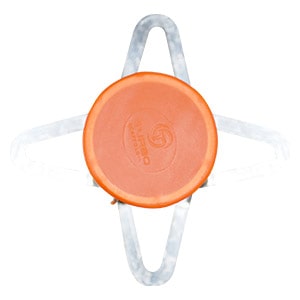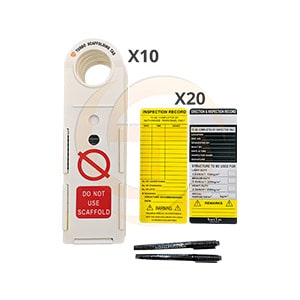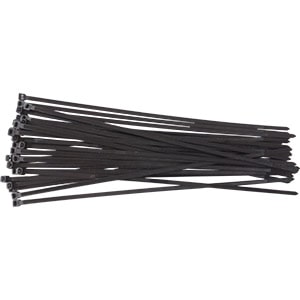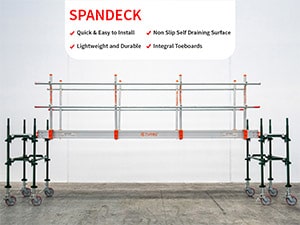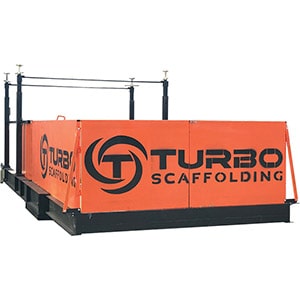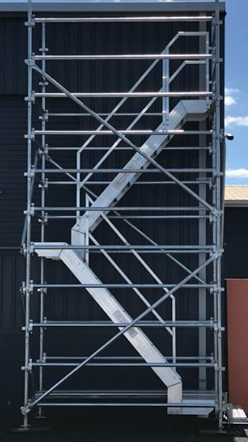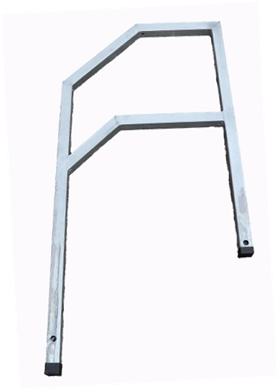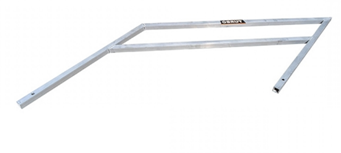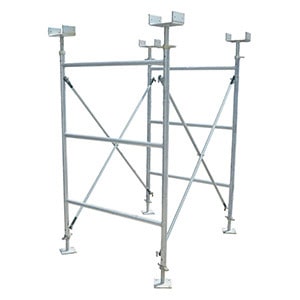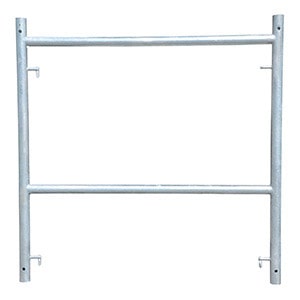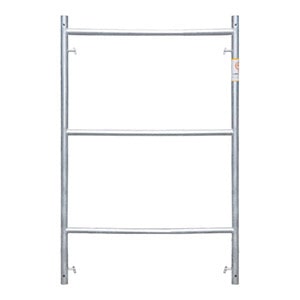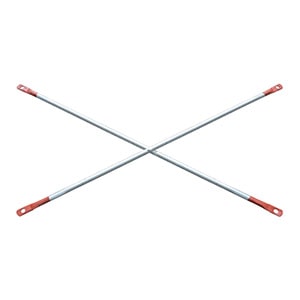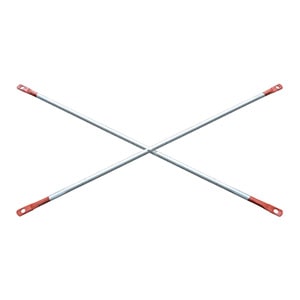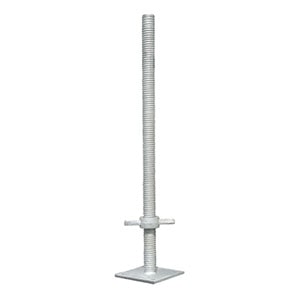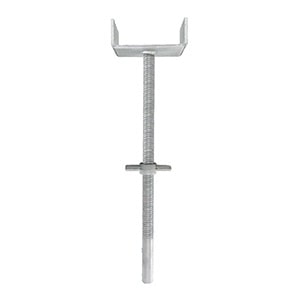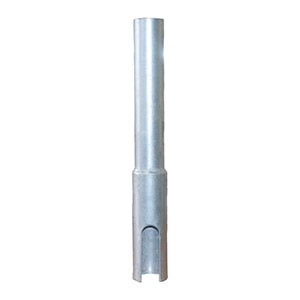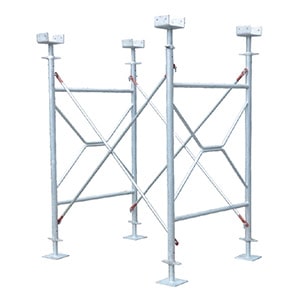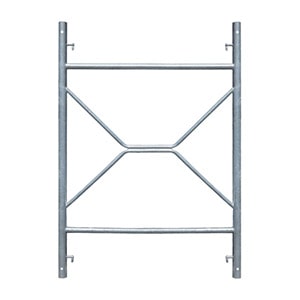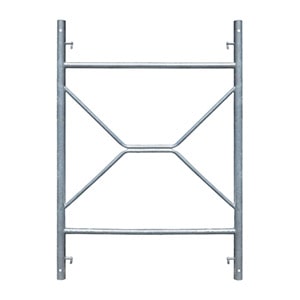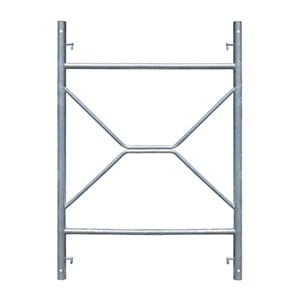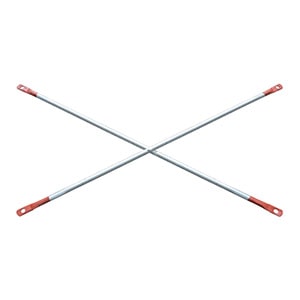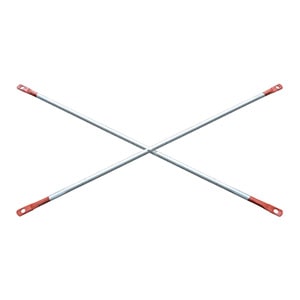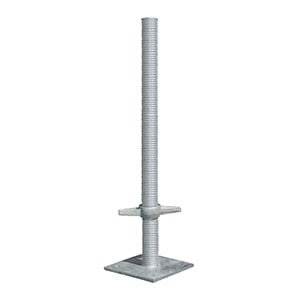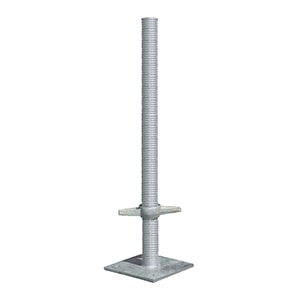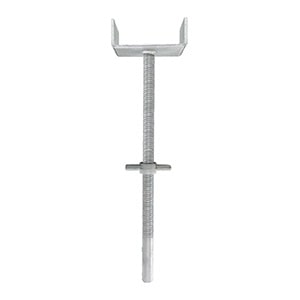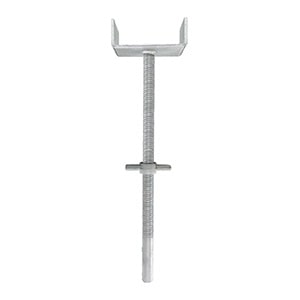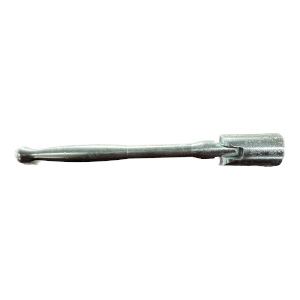If you’re in the business or planning to work on residential or commercial construction projects, you should look for a company offering scaffolding services. These days, scaffolding systems have become an intrinsic part of every construction project. The temporary structure is extensively in use for construction, repairs and maintenance of buildings.
Construction work becomes easy when workers get easy access to the parts of the system. Indeed, scaffolding systems can make your construction site safer; however, you still have to ensure its height and load-bearing capacity is appropriate. You’ll be astonished to find out that sizeable accidents happen as the scaffolding structure does not fit the purpose because either they are overladen or lack safety equipment. If you want to ensure the safety of your workers and bystanders, knowing the right height and load-bearing capacity of the aluminium scaffolding system is vital.
Two Essential Rules That You Should Follow When Working with Scaffolding Systems
- Erect, change and pull down a scaffold system only under the supervision of a qualified or capable person.
- Scaffolding work needs expertise, so you need to find someone qualified, trained and capable, to operate, handle and align the system.
Selecting the Right Type of Scaffolding System is Paramount!
Understand your construction requirements and accordingly select the appropriate type of scaffolding system. It is the first thing that you need to do to make sure your construction work is safer. Over the years, the structure has developed immensely. In the years gone by, we saw traditional tube and fitting scaffolds in use. These conventional structures got replaced by modern-day scaffold systems such as Kwikstage and Cuplock.
Right now, there are nearly over 25 types of scaffolds available in the market. Choose one that suits your construction requirements and know its right height and load capacity. The assembly and installation, and license needed vary from one scaffold to another.
Understanding the Load Capacity of a Scaffolding System
Scaffolding systems get divided into three types based on the load they can support.
- Light-duty scaffolds are allowed to support around 120 kg/ square.
- Medium-duty scaffolding can support around 240 kg/ square.
- A specialised or heavy-duty scaffolding system can support over 240 kg/ square.
The Height & Load Connection!
Use a height to base ratio of 4:1 to calculate the load capacity of the scaffolding you may want to purchase or rent.
- What is the 4:1 height to the base ratio? It means the height of a scaffold can be 4-time its base width. For instance, if a scaffolding structure has a 4-metre base width, it can have 16 meters max height.
- The wind factor is another crucial consideration when calculating the height of the structure. If you want to keep your mobile aluminium scaffolding secure against heavy winds, then it should have a 3:1 ratio.
Maintain Appropriate Height & Load Capacity & Ensure the Safety of Your Workforce!
- Don’t compromise the safety of your workforce when they are working on a scaffolding system. Never choose a company without verifying its experience in the industry.
- It’s vital to choose a trusted and established scaffolding company, as they will inform you about the load-bearing capacity of the scaffolding and access systems.
- Working at a height can be made safer by following all the guidelines!
Also Read: Aluminium Scaffold: Uses And Advantages

